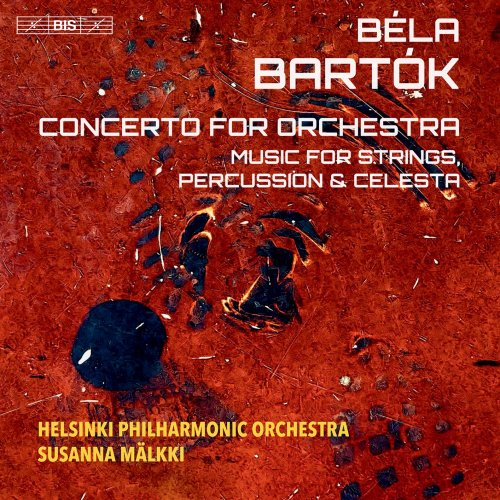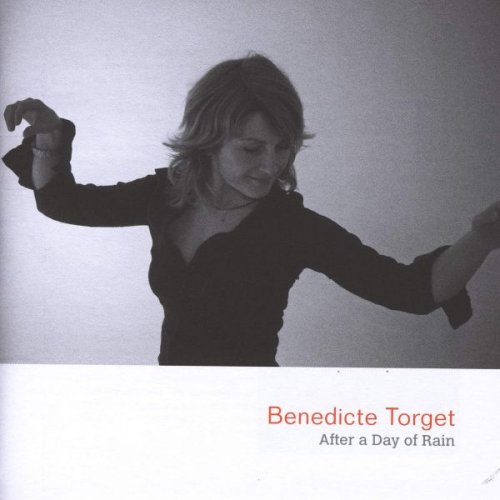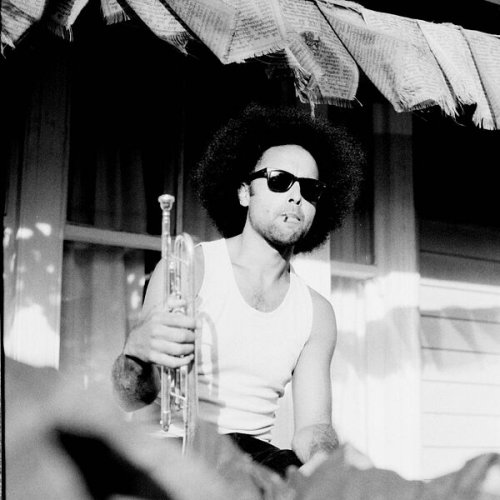Helsinki Philharmonic Orchestra & Susanna Mälkki - Bartók: Orchestral Works (2021) [Hi-Res]

Artist: Helsinki Philharmonic Orchestra, Susanna Mälkki
Title: Bartók: Orchestral Works
Year Of Release: 2021
Label: BIS
Genre: Classical
Quality: flac lossless (image +.cue, log, artwork) / flac 24bits - 96.0kHz +Booklet
Total Time: 01:08:54
Total Size: 281 / 1.21 gb
WebSite: Album Preview
TracklistTitle: Bartók: Orchestral Works
Year Of Release: 2021
Label: BIS
Genre: Classical
Quality: flac lossless (image +.cue, log, artwork) / flac 24bits - 96.0kHz +Booklet
Total Time: 01:08:54
Total Size: 281 / 1.21 gb
WebSite: Album Preview
01. Music for Strings, Percussion & Celesta, Sz. 106: I. Andante tranquillo
02. Music for Strings, Percussion & Celesta, Sz. 106: II. Allegro
03. Music for Strings, Percussion & Celesta, Sz. 106: III. Adagio
04. Music for Strings, Percussion & Celesta, Sz. 106: IV. Allegro molto
05. Concerto for Orchestra, Sz. 116: I. Introduzione
06. Concerto for Orchestra, Sz. 116: II. Presentando le coppie
07. Concerto for Orchestra, Sz. 116: III. Elegia
08. Concerto for Orchestra, Sz. 116: IV. Intermezzo interrotto
09. Concerto for Orchestra, Sz. 116: V. Finale
On the two previously released Bartók programmes (both highly praised), Susanna Mälkki and her players in the Helsinki Philharmonic Orchestra have recorded Bartók’s three scores for the stage – The Miraculous Mandarin, The Wooden Prince and Bluebeard’s Castle, all written before 1918. The team now takes on two of his late orchestral masterpieces.
Composed in 1936 for the Basel Chamber Orchestra, Music for Strings, Percussion and Celesta is one of the purest examples of Bartók’s mature style, with its synthesis of folk music, classicism and modernism. One immediately striking feature is the unusual instrumentation: two string orchestras seated on opposite sides of the stage, with percussion and keyboard instruments in the middle and towards the back.
In 1940, during the Second World War, Bartók emigrated to the United States, where he initially found it difficult to compose. In 1943 he received a prestigious commission from the Boston Symphony Orchestra, however, and in less than eight weeks he composed the Concerto for Orchestra. In it he worked with contrasts between different sections of the orchestra, and the soloistic treatment of these groupings was his reason for calling the work a concerto rather than a symphony.




![Iain Ballamy - Riversphere, Vol. 1 (2025) [Hi-Res] Iain Ballamy - Riversphere, Vol. 1 (2025) [Hi-Res]](https://www.dibpic.com/uploads/posts/2025-11/1762002602_e0k13ndmn03ob_600.jpg)

![tuvahalseband, Tuva Halse - nemesis/cruel (2024) [Hi-Res] tuvahalseband, Tuva Halse - nemesis/cruel (2024) [Hi-Res]](https://www.dibpic.com/uploads/posts/2025-11/1762270298_a0171615666_16.jpg)
![Jimmy Knepper, Bobby Wellins - Primrose Path (1980) [Hi-Res] Jimmy Knepper, Bobby Wellins - Primrose Path (1980) [Hi-Res]](https://www.dibpic.com/uploads/posts/2025-11/1762328230_u4xfejeyemdkb_600.jpg)
![Anton De Bruin - Sounds of the Eclipse (2025) [Hi-Res] Anton De Bruin - Sounds of the Eclipse (2025) [Hi-Res]](https://img.israbox.com/img/2025-11/02/j2o7oxpr7md82i2pxl6ygzv5f.jpg)